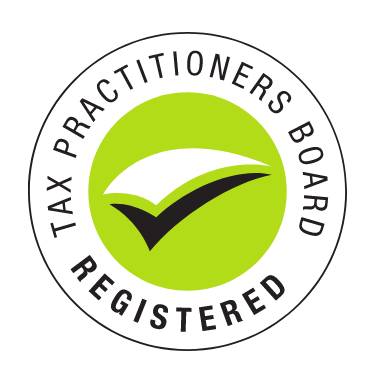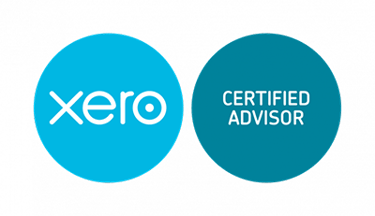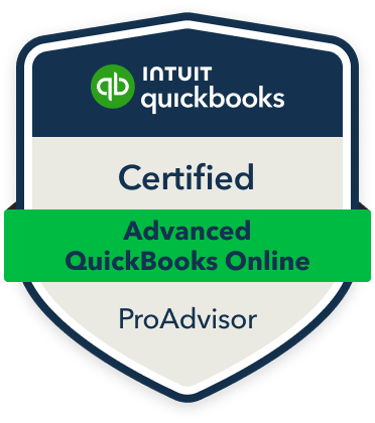Superannuation Guarantee Increase 2025: Double Hit for Employers
Superannuation guarantee increase 2025 to 12% plus minimum wage rise hits Australian employers. Calculate your business impact and prepare now.


If you thought running a business was getting expensive before, buckle up – because the superannuation guarantee rate just jumped from 11.5% to 12%, and the national minimum wage got a hefty 3.5% boost to $24.95 per hour. That's right, folks – your labour costs just got more expensive overnight, whether you were ready or not.
The Super Guarantee Slam Dunk
Let's start with the big one – superannuation guarantee is now 12%. This isn't just another small bump; this is the final scheduled increase in the SG rate, marking the end of a journey that started way back when super was just 9%.
Here's what this means in cold, hard cash terms: for every $1,000 you pay an employee, you're now forking out an extra $5 in super contributions compared to last month. Doesn't sound like much? Well, for a business with 10 employees earning $60,000 each, that's an extra $3,000 per year you're now paying in super.
And here's the kicker – this 12% rate applies to all salary and wages paid on or after July 1, 2025, even if part of the pay period relates to before July 1. So if you pay fortnightly and your pay period started June 25th but you paid on July 3rd, the entire payment gets the 12% treatment.
Minimum Wage Gets a 3.5% Boost
As if the super increase wasn't enough, the Fair Work Commission decided to pile on with a 3.5% increase to the national minimum wage. We're now looking at:
$24.95 per hour (up from $24.10)
$948 per week (up from $915.40)
This increase kicks in from the first full pay period starting on or after July 1, 2025. So if your weekly pay period normally starts on Wednesday, the new rates apply from Wednesday, July 2, 2025.
For businesses employing minimum wage workers, this is another direct hit to the bottom line. A full-time minimum wage employee now costs you an extra $32.60 per week in wages alone – and that's before you factor in the higher super contributions on top of those increased wages.
The Compound Effect: When Bad News Meets Worse News
Here's where it gets really painful – these increases compound each other. Not only are you paying higher wages, but you're also paying higher super contributions on those higher wages.
Example:
Before July 1: Full-time minimum wage worker cost = $915.40 + $105.27 super = $1,020.67 per week
After July 1: Full-time minimum wage worker cost = $948.00 + $113.76 super = $1,061.76 per week
Total weekly increase: $41.09 per employee (that's over $2,100 per year, per employee!)
What This Means for Your Business
Cash Flow Crunch: If you've got tight margins (and let's face it, who doesn't these days?), this double hit could seriously strain your cash flow. You need to factor these increases into your pricing, budgets, and financial planning – like, yesterday.
Payroll System Updates: Your payroll software better be up to date, because the ATO isn't going to accept "I forgot about the rate change" as an excuse when they come knocking.
Compliance Risks: Remember, if you don't pay the correct super amount by the quarterly due dates, you'll face the superannuation guarantee charge – which is calculated on total salary and wages (not just OTE), includes 10% interest, admin fees, and isn't tax deductible.
The Payday Super Storm on the Horizon
And just when you thought things couldn't get more complicated, Payday Super is coming July 1, 2026. This means instead of paying super quarterly, you'll need to pay it with every single payroll run – weekly, fortnightly, monthly, whatever your cycle is.
The ATO will have real-time visibility into your super payments through Single Touch Payroll, making it virtually impossible to fly under the radar if you're not compliant. Miss a payment? They'll know within days, not months.
Your Action Plan (Because Sitting There Won't Help)
1. Update Your Systems Immediately
Ensure your payroll software reflects the new 12% SG rate
Update minimum wage rates for affected employees
Test your calculations before the next pay run
2. Review Your Pricing
Calculate the real cost impact on your business
Consider whether you need to adjust your prices to customers
Factor these increases into future quotes and contracts
3. Cash Flow Planning
Adjust your cash flow forecasts for the increased labour costs
Consider the timing of super payments (still quarterly until July 2026)
Plan for the transition to Payday Super next year
4. Get Cloud-Ready - click here for more
If you're still using desktop payroll software or (heaven forbid) spreadsheets, it's time to move to the cloud
Modern cloud payroll systems will automatically handle rate changes and compliance requirements
They'll be essential when Payday Super kicks in next year
The Bottom Line
These aren't just minor tweaks to the system – they're significant cost increases that will impact every Australian business with employees. The businesses that adapt quickly and get their systems sorted will weather this storm just fine. The ones that ignore it or leave it to the last minute? Well, they'll be the ones dealing with compliance issues, cash flow problems, and angry employees when things go wrong.
The writing's on the wall: labour costs are going up, compliance requirements are getting stricter, and the ATO's enforcement is getting more sophisticated. You can either get ahead of the curve or get left behind.
Your move, business owner. What's it going to be?
Connect
Your trusted partner in Australian accounting services.
Empower Your Financial Decisions
© 2025. PROSPERITY ACCOUNTING & CONSULTING | Liability limited by a scheme approved under Professional Standards Legislation.
Accreditations & Partners












